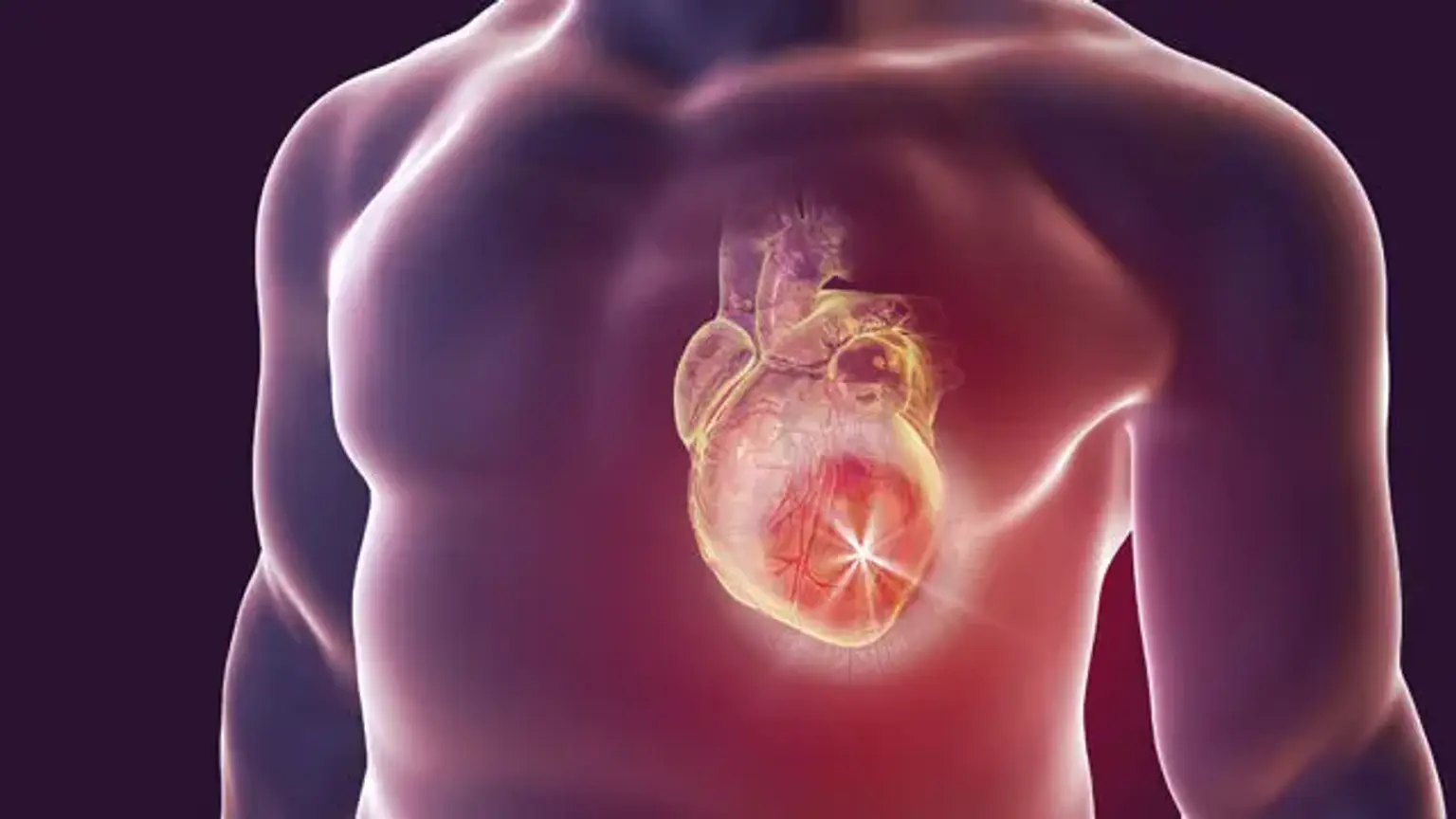Myocardial disease
Overview
Myocardial diseases are prevalent and range from primary (cardiomyopathies) to secondary (hypertensive heart disease, alcoholic cardiomyopathy, Takotsubo cardiomyopathy, and more unusual types of secondary myocardial illness such as muscular dystrophy cardiomyopathy or peripartum cardiomyopathy.
Primary myocardial disorders are usually inherited, whereas secondary myocardial diseases are usually acquired. Subsequent forms may potentially have a genetic foundation that promotes secondary myocardial disease development. Inflammatory illnesses of the myocardium, such as myocarditis or viral cardiomyopathy, are examples of a subtype of cardiac disease.
